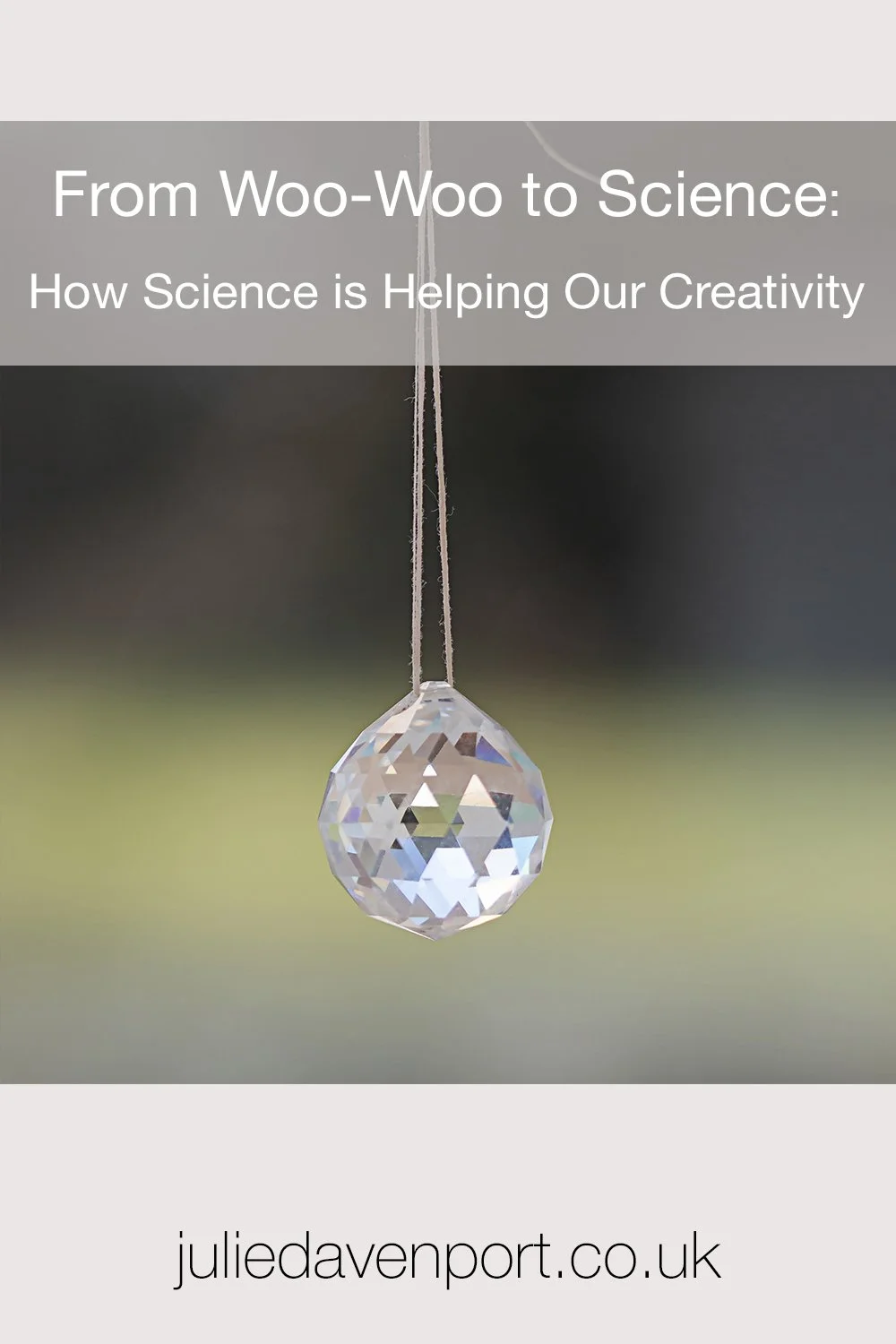The Intersection of Wellbeing and Creativity
Creativity isn’t just about coming up with ideas for a painting, a novel or a business. It’s about flexibility in thinking, adaptability and the ability to solve problems with fresh perspectives. Neuroscientists have found that creativity isn’t confined to a specific creative part of the brain. Instead, it's a network of regions working together, often influenced by our emotional and mental wellbeing. This connection between mental health and creativity isn’t just philosophical - it is now grounded in science.
When we’re stressed or overwhelmed, our brains enter a state of fight or flight status,, limiting cognitive flexibility and narrowing our thinking. This is when we find it hardest to tap into our creative potential. On the other hand though, when we nurture our mental and emotional health = through practices like meditation, mindfulness and physical exercise - we give our brains the space it needs to be more innovative. Why we have good ideas in the shower!
This is where neuroplasticity becomes the game changer. With the right habits, we can intentionally reshape our neural pathways, boosting creativity in profound ways.
